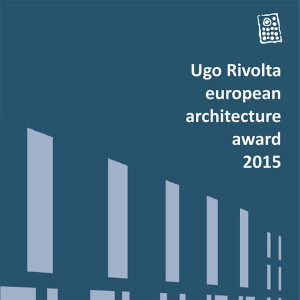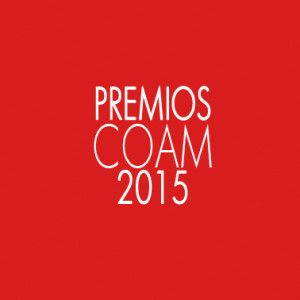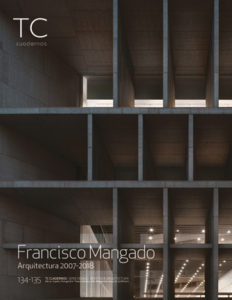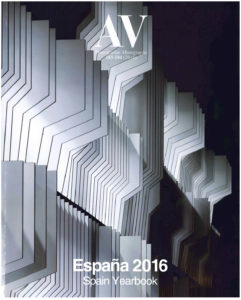177 Social Dwellings in Valdebebas+
2009-2015
Valdebebas. Madrid-Spain
The project tries to reconcile the privacy of the dwellings with attention to goings-on outside the block, so in the floor plan, the units are arranged in such a way that on the south side, towards the area that will accommodate offices and the ‘City of Justice’, a public zone will offer cafés, restaurants, stores, etc.; a recreational hub that will also be representative and vital in terms of exchange of functions, and therefore urban and with economic potential.
North orientations are avoided. The predominant directions are east and west. The layout of the dwellings allows elements like shutters, etc., which allow full use of the energy advantages of direct sunlight in winter while curbing direct shine in summer.The garden interior of the development also receives plenty of sun, thanks to the way the buildings are arranged.
Besides the organization of the public space, layout efficiency and economy of means have been pillars in the choice of types. Minimizing the number of vertical communication cores has been fundamental. So has concentrating the building services in a single core of installations, which makes the rest of the spaces more mobile and transformable for future reorganizations.
Avenida Buenos Aires, 28055 Madrid, España




